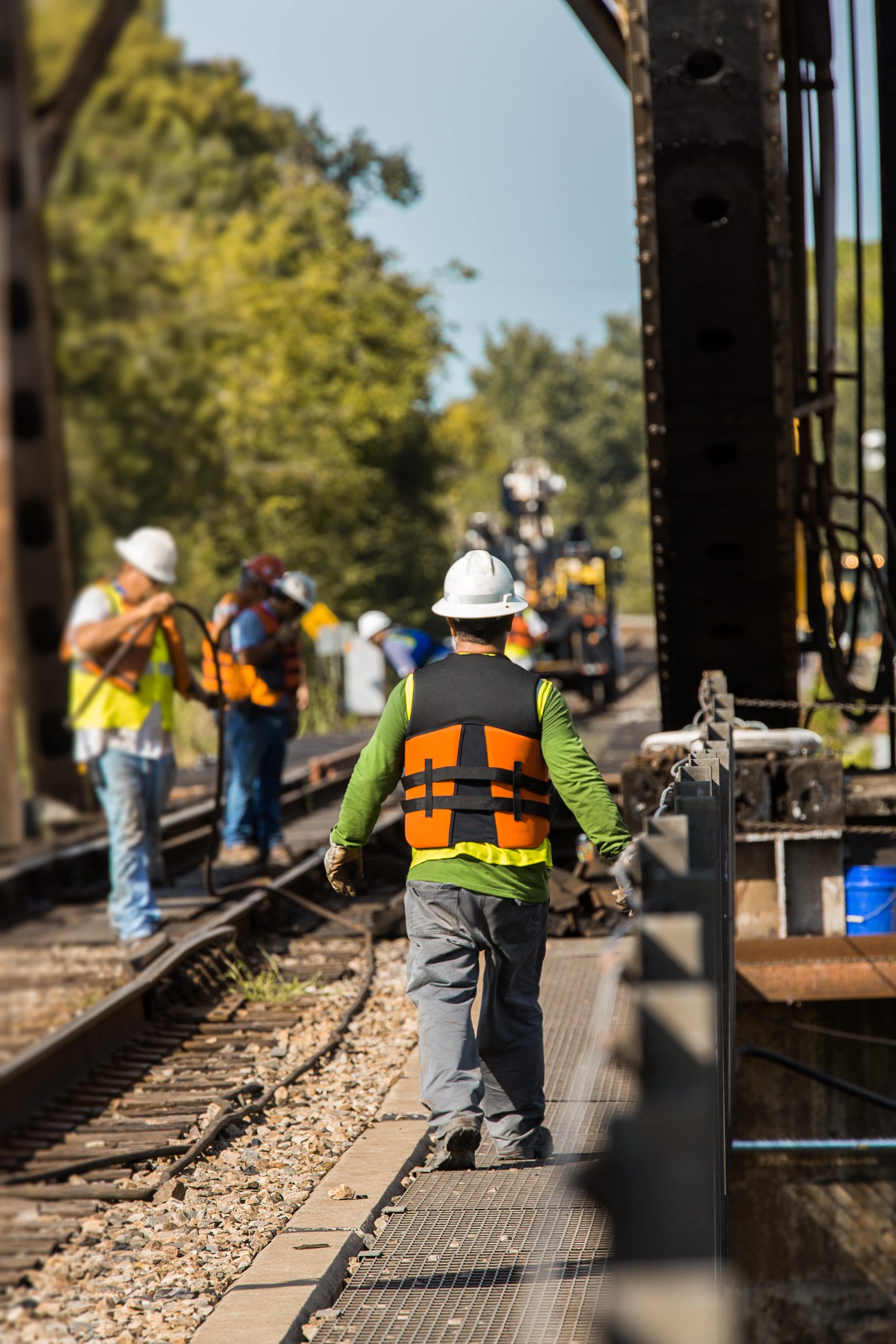7 Simple Strategies To Totally Rocking Your Railroad Cancer

Railroad Cancer: Understanding the Risks and Realities
Railroads have actually long been a foundation of industrial society, providing essential freight and passenger services across vast distances. Nevertheless, the people who work in this crucial industry face various health dangers, consisting of an especially concerning issue referred to as railroad cancer. This term refers not to a particular kind of cancer, but rather an increased risk of various cancers dealt with by railroad workers due to their occupational exposure to hazardous substances. In this blog post, we will check out the elements contributing to the increased danger of cancer amongst railroad workers, the types of cancer most commonly connected with this profession, preventative procedures, and a lot more.
Comprehending the Causes of Railroad Cancer
Occupational Hazards in the Railroad Industry
Railroad workers are exposed to a wide variety of potentially harmful substances and conditions while performing their tasks. A few of the most common exposures consist of:
- Asbestos: Historically used for insulation in train cars and equipment, asbestos exposure is a widely known danger factor for lung cancer and mesothelioma.
- Benzene: A chemical discovered in diesel fuels and solvents can present dangers for leukemia and other blood-related cancers.
- Polycyclic Aromatic Hydrocarbons (PAHs): Emitted from diesel engines, PAHs are linked to different cancers, including lung and bladder cancer.
- Radiation: Workers in specific functions, especially those managing signals or monitoring systems, might be exposed to ionizing radiation.
| Harmful Substance | Associated Health Risks |
|---|---|
| Asbestos | Lung cancer, mesothelioma |
| Benzene | Leukemia, lymphoma |
| PAHs | Lung cancer, bladder cancer |
| Radiation | Various cancers (e.g., leukemia, thyroid) |
Work Conditions
In addition to direct exposure to harmful compounds, the working conditions for railroad employees contribute to their cancer dangers. Long hours, irregular shifts, and high-stress environments may deteriorate workers' immune systems, making them more vulnerable to numerous health issues, consisting of cancer.
Kinds Of Cancer Commonly Associated with Railroad Work
To further explore the issue, we can analyze various types of cancer most often identified among railroad workers:
- Lung Cancer: Often related to asbestos exposure or PAH inhalation.
- Leukemia: Strongly related to benzene exposure.
- Mesothelioma: A direct result of asbestos exposure, specifically impacting the lining of the lungs.
- Bladder Cancer: Often connected to exposure to PAHs and potentially benzene.
- Skin Cancers: Resulting from exposure to UV radiation, specifically for workers in outdoor functions.
- Thyroid Cancer: Can be a repercussion of ionizing radiation exposure among particular railroad roles.
| Kind of Cancer | Possible Causes |
|---|---|
| Lung Cancer | Asbestos, PAHs |
| Leukemia | Benzene |
| Mesothelioma | Asbestos |
| Bladder Cancer | PAHs, Benzene |
| Skin Cancers | UV Radiation |
| Thyroid Cancer | Ionizing Radiation |
Preventative Measures and Regulations
Offered the serious ramifications of railroad cancer, it is crucial for both railroad business and employees to participate in active procedures to reduce risks.
Employer Responsibilities
- Regular Training: Companies ought to offer training on handling hazardous materials and recognizing early indications of occupational disease.
- Protective Equipment: Employers must supply needed personal protective devices (PPE) to lessen exposure to harmful compounds.
- Health Monitoring Programs: Regular health check-ups and keeping track of for early detection of diseases among employees can help handle risks.
- Policy Compliance: Ensuring compliance with Occupational Safety and Health Administration (OSHA) regulations and guidelines associated with dangerous compound exposure.
Staff member Responsibilities
- Usage of PPE: Workers must consistently use provided protective gear and equipment.
- Report Hazards: Employees should quickly report any safety hazards to make sure that suitable steps are taken.
- Stay Informed: Keeping abreast of new safety guidelines and health information is vital for self-protection.
FAQ
What should railroad workers do if they think they have been exposed to hazardous substances?
If railroad workers believe they have actually been exposed to hazardous products, they need to look for instant medical evaluation and notify their company. Having a record of exposure could help in case of future health issues.
How can railroad companies guarantee a safe workplace?
Railroad business can enforce strict security procedures, provide adequate training, and routinely examine work environment conditions to lower threats related to hazardous compounds.
Are all railroad workers at equivalent danger for railroad cancer?
No, the risk can vary significantly depending upon the specific role within the railroad industry and the level of exposure to hazardous compounds. For Lung Cancer Railroad Lawsuit Settlements , workers involved in upkeep or those who work straight with compounds like fuel might face higher threats than those in administrative roles.
Can regular health check-ups prevent major diseases?
While regular health check-ups can not entirely prevent diseases, they can help with early detection and treatment, increasing the chances of successful management of health issues.
What resources are offered for railroad workers who are diagnosed with cancer?
Railroad workers detected with cancer can often access benefits through worker's compensation programs and might likewise discover support through advocacy groups, companies committed to occupational health, and other neighborhood resources.
The danger of railroad cancer highlights the important requirement for increased awareness, continued research, and execution of security procedures in the railroad industry. With considerable exposure to hazardous compounds and difficult working conditions, it is necessary to notify both employees and companies about the threats and techniques for prevention. Through collective efforts from all parties included, it is possible to produce a more secure working environment for railroad workers and reduce the incidence of occupational cancers.

